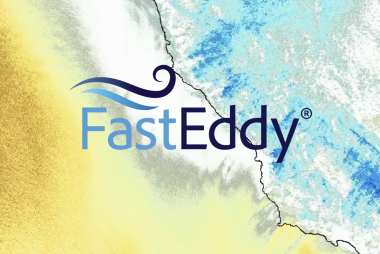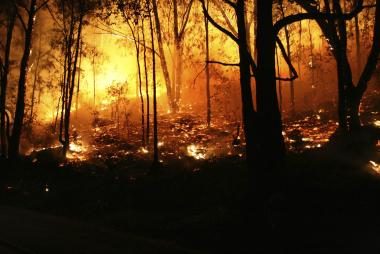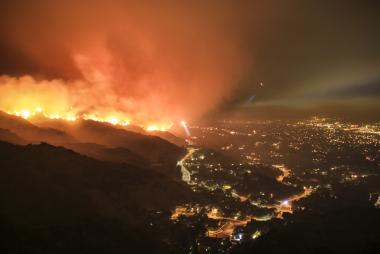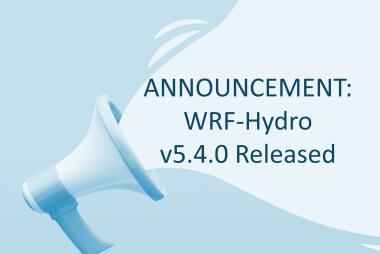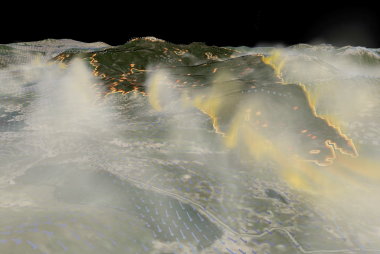Paper on High Resolution Regional Climate Simulations over the Contiguous United States
Future Extreme Precipitation Events

Orographic precipitation and snowpack provide a vital water resource for the western U.S., while convective precipitation accounts for a significant part of annual precipitation in the eastern U.S. As a result, water managers are keenly interested in their fate under climate change. However, previous studies of water cycle changes in the U.S. have been conducted with climate models of relatively coarse resolution, leading to potential misrepresentation of key physical processes. This paper presents results from a high-resolution climate change simulation that permits convection and resolves mesoscale orography at 4-km grid spacing over much of North America using the Weather Research and Forecasting (WRF) model. Two 13-year simulations were performed, consisting of a retrospective simulation (October 2000–September 2013) with initial and boundary conditions from ERA-interim and a future climate sensitivity simulation with modified reanalysis-derived initial and boundary conditions through adding the CMIP5 ensemble-mean high-end emission scenario climate change. The retrospective simulation is evaluated by validating against Snowpack Telemetry (SNOTEL) and an ensemble of gridded observational datasets. It shows overall good performance capturing the annual/seasonal/sub-seasonal precipitation and surface temperature climatology except for a summer dry and warm bias in the central U.S. In particular, the WRF seasonal precipitation agrees with SNOTEL observations within a few percent over the mountain ranges, providing confidence in the model’s estimation of western U.S. seasonal snowfall and snowpack. The future climate simulation forced with warmer and moister perturbed boundary conditions enhances annual and winter-spring-fall seasonal precipitation over most of the contiguous United States (CONUS), but suppresses summertime precipitation in the central U.S. The WRF-downscaled climate change simulations provide a high-resolution dataset (i.e., High-Resolution CONUS downscaling, HRCONUS) to the community for studying one possible scenario of regional climate changes and impacts.
Publication: Continental-scale convection-permitting modeling of the current and future climate of North America.
Available from: https://www.researchgate.net/publication/307441759_Continental-scale_convection-permitting_modeling_of_the_current_and_future_climate_of_North_America [accessed Apr 6, 2017].
